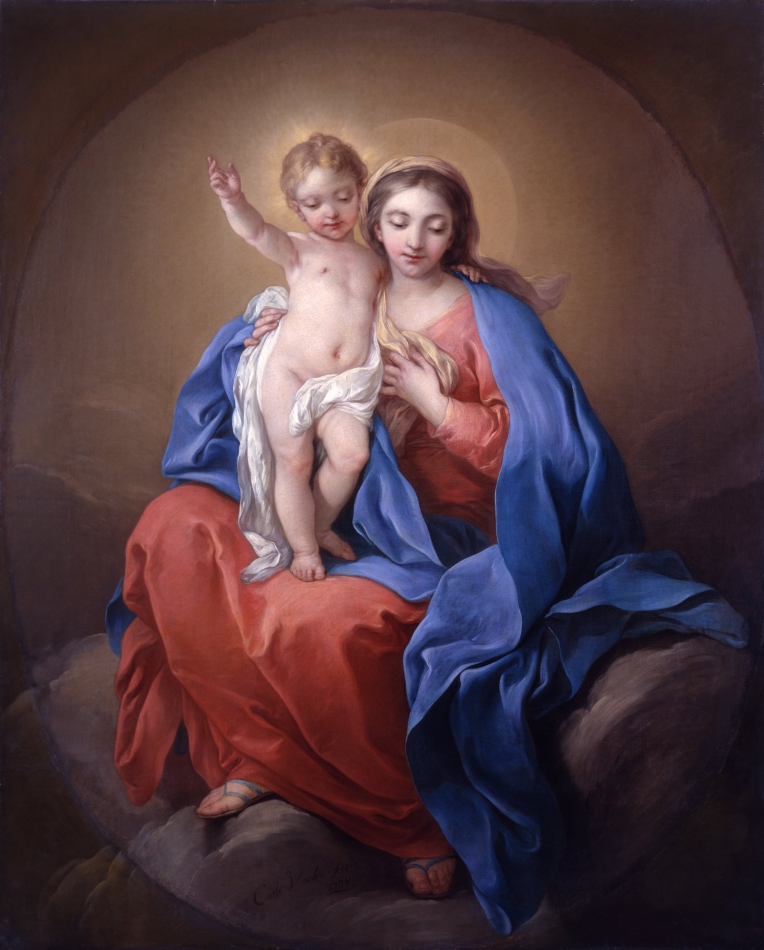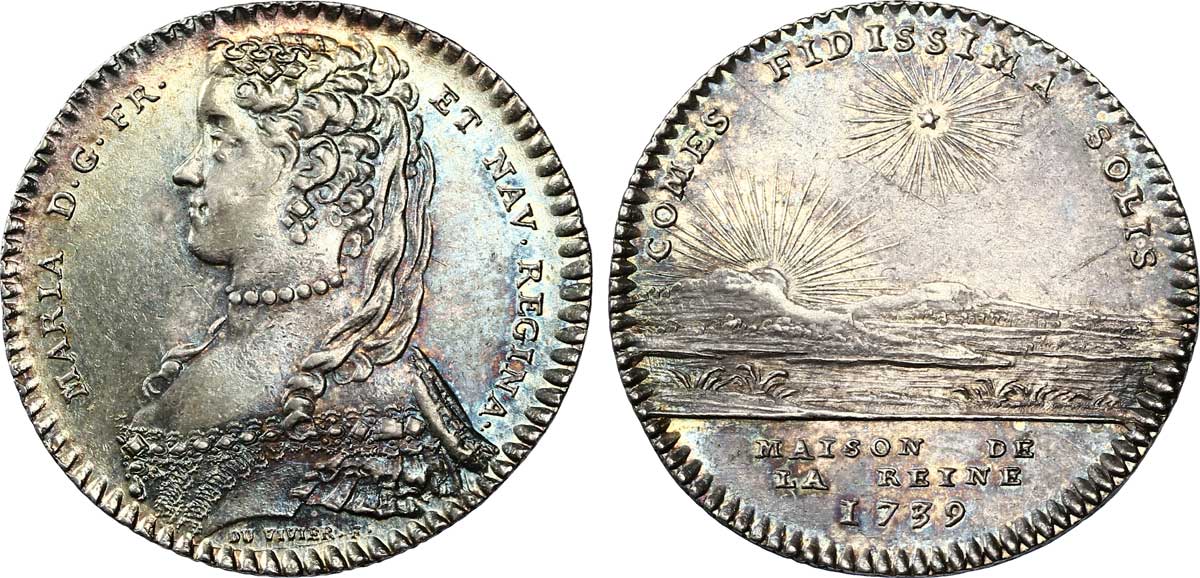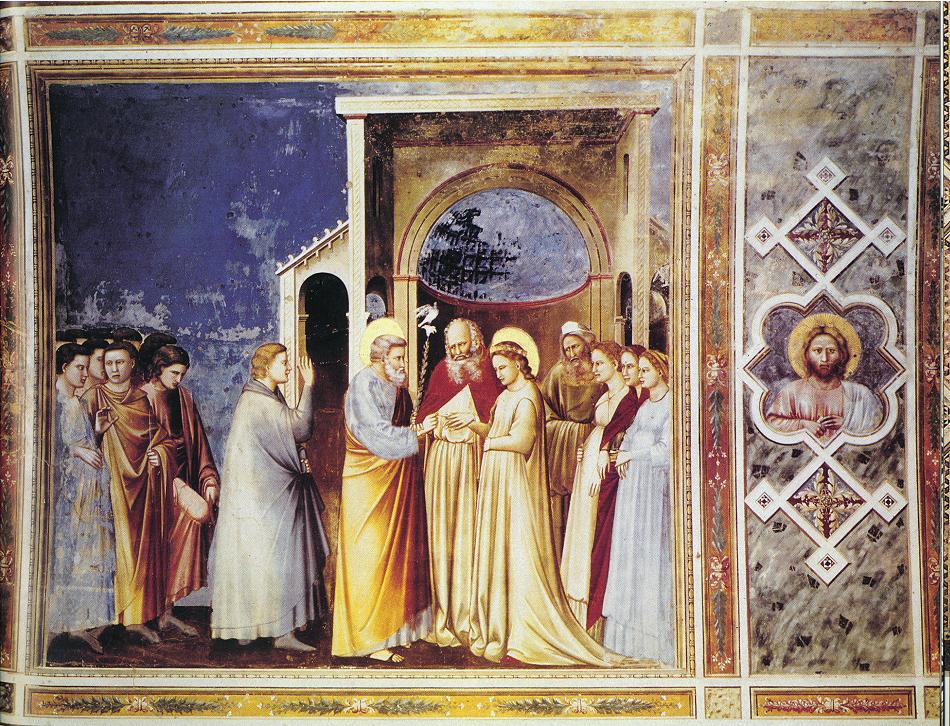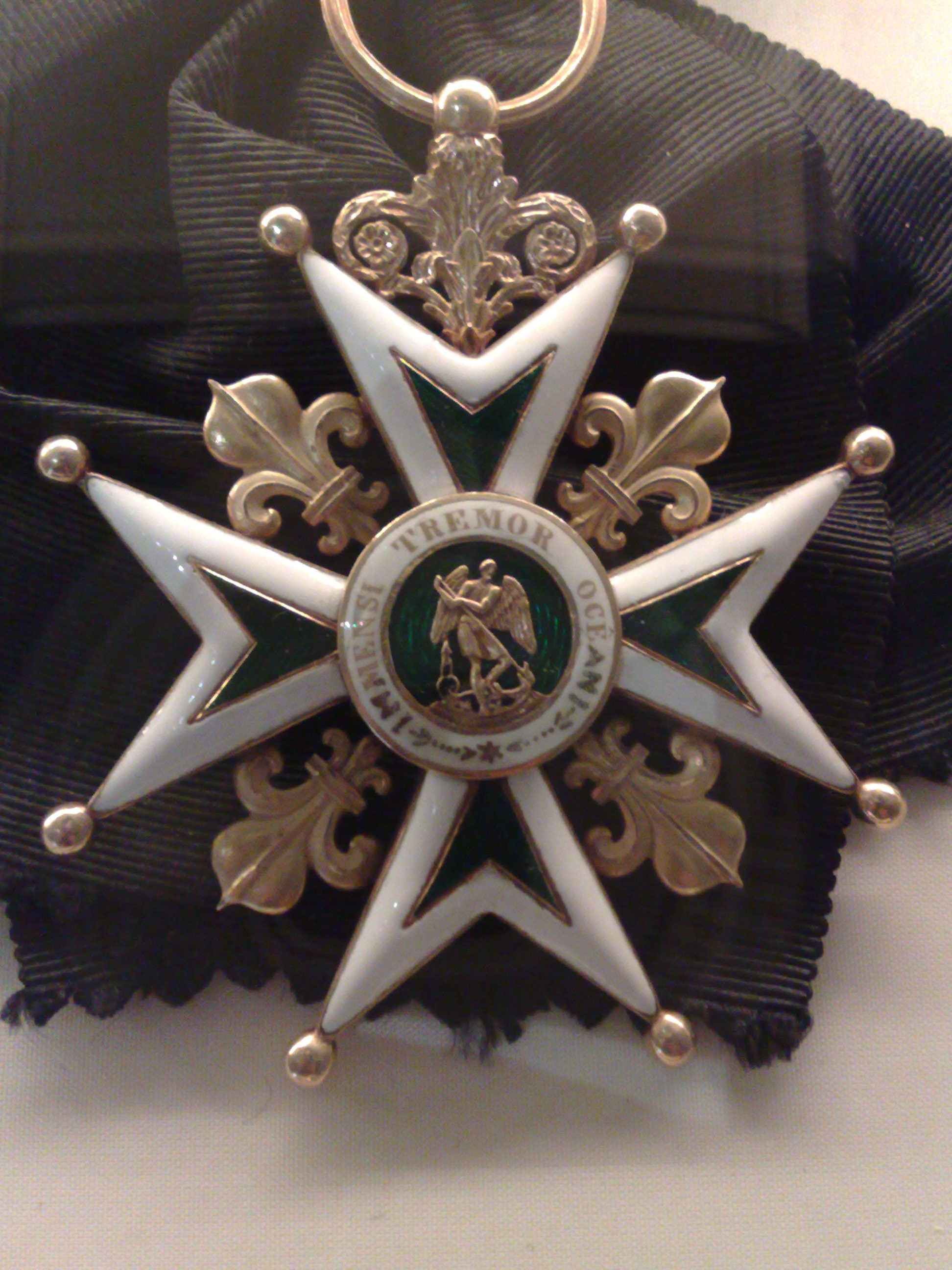|
Charles-André Van Loo
Carle or Charles-André van Loo (; 15 February 1705 – 15 July 1765) was a French painter, son of the painter Louis-Abraham van Loo, a younger brother of Jean-Baptiste van Loo and grandson of Jacob van Loo. He was the most famous member of a successful dynasty of painters of Dutch origin. His oeuvre includes every category: religion, history painting, mythology, portraiture, allegory, and genre scenes. Life He was born in Nice, then part of the Duchy of Savoy. Van Loo followed his brother Jean-Baptiste to Turin, and then to Rome in 1712, where he studied under Benedetto Luti and the sculptor Pierre Le Gros. After leaving Italy in 1723, he worked in Paris, studied at the Académie Royale, where he gained first prize for drawing in 1723, and received the first prize for historical painting in 1727—as did his future rival François Boucher. In 1724 he won the Prix de Rome. After again visiting Turin in 1727, he was employed by king Victor Amadeus II of Sardinia, for whom he pa ... [...More Info...] [...Related Items...] OR: [Wikipedia] [Google] [Baidu] |
Self-portrait
A self-portrait is a representation of an artist that is drawn, painted, photographed, or sculpted by that artist. Although self-portraits have been made since the earliest times, it is not until the Early Renaissance in the mid-15th century that artists can be frequently identified depicting themselves as either the main subject, or as important characters in their work. With better and cheaper mirrors, and the advent of the panel painting, panel portrait, many painters, sculptors and printmakers tried some form of self-portraiture. ''Portrait of a Man in a Turban'' by Jan van Eyck of 1433 may well be the earliest known panel self-portrait. He painted a separate portrait of his wife, and he belonged to the social group that had begun to commission portraits, already more common among wealthy Netherlanders than south of the Alps. The genre is venerable, but not until the Renaissance, with increased wealth and interest in the individual as a subject, did it become truly popular. [...More Info...] [...Related Items...] OR: [Wikipedia] [Google] [Baidu] |
François Boucher
François Boucher ( , ; ; 29 September 1703 – 30 May 1770) was a French painter, draughtsman and etcher, who worked in the Rococo style. Boucher is known for his idyllic and voluptuous paintings on classical themes, decorative allegories, and pastoral scenes. He was perhaps the most celebrated painter and decorative artist of the 18th century. Life A native of Paris, Boucher was the son of a lesser known painter Nicolas Boucher, who gave him his first artistic training. At the age of seventeen, a painting by Boucher was admired by the painter François Lemoyne. Lemoyne later appointed Boucher as his apprentice, but after only three months, he went to work for the engraver Jean-François Cars.Alastair Laing. "Boucher, François." Grove Art Online. Oxford Art Online. Oxford University Press. Web. 16 June 2016 In 1720, he won the elite Grand Prix de Rome for painting, but did not take up the consequential opportunity to study in Italy until five years later, due to financi ... [...More Info...] [...Related Items...] OR: [Wikipedia] [Google] [Baidu] |
Petit Trianon
The Petit Trianon (; French for "small Trianon") is a Neoclassical style château located on the grounds of the Palace of Versailles in Versailles, France. It was built between 1762 and 1768 during the reign of King Louis XV of France. The Petit Trianon was constructed within the park of a larger royal retreat known as the Grand Trianon. Design and construction The Petit Trianon was built on the site of a botanical garden developed around a decade earlier by Louis XV, within the grounds of the Grand Trianon, Louis XIV's retreat from the Palace of Versailles to the southeast. It was designed by Ange-Jacques Gabriel by order of Louis XV for his long-term mistress, Madame de Pompadour, and was constructed between 1762 and 1768. Madame de Pompadour died four years before its completion, and the Petit Trianon was subsequently occupied by her successor, Madame du Barry. Upon his accession to the throne in 1774, the 20-year-old Louis XVI gave the château and its surrounding ... [...More Info...] [...Related Items...] OR: [Wikipedia] [Google] [Baidu] |
Palace Of Versailles
The Palace of Versailles ( ; french: Château de Versailles ) is a former royal residence built by King Louis XIV located in Versailles, Yvelines, Versailles, about west of Paris, France. The palace is owned by the French Republic and since 1995 has been managed, under the direction of the Ministry of Culture (France), French Ministry of Culture, by the Public Establishment of the Palace, Museum and National Estate of Versailles. Some 15,000,000 people visit the palace, park, or gardens of Versailles every year, making it one of the most popular tourist attractions in the world. Louis XIII built a simple hunting lodge on the site of the Palace of Versailles in 1623 and replaced it with a small château in 1631–34. Louis XIV expanded the château into a palace in several phases from 1661 to 1715. It was a favorite residence for both kings, and in 1682, Louis XIV moved the seat of his court and government to Versailles, making the palace the ''de facto'' capital of France. This ... [...More Info...] [...Related Items...] OR: [Wikipedia] [Google] [Baidu] |
Marie Leszczyńska
Maria Karolina Zofia Felicja Leszczyńska (; ; 23 June 1703 – 24 June 1768), also known as Marie Leczinska, was Queen of France as the wife of King Louis XV from their marriage on 4 September 1725 until her death in 1768. The daughter of Stanisław Leszczyński, the deposed King of Poland, and Catherine Opalińska, her 42-years and 9 months service was the longest of any queen in French history. A devout Roman Catholic throughout her life, Marie was popular among the French people for her numerous charitable works and introduced many Polish customs to the royal court at Versailles. She was the grandmother of the French kings Louis XVI, Louis XVIII and Charles X. Early life Born as a member of the House of Leszczyński, Maria Karolina Zofia Felicja Leszczyńska ( Wieniawa) was the second daughter of Stanislaus I Leszczyński and his wife, Countess Catherine Opalińska. She had an elder sister, Anna Leszczyńska, who died of pneumonia in 1717. Maria's early life was troubled ... [...More Info...] [...Related Items...] OR: [Wikipedia] [Google] [Baidu] |
Legion Of Honor (museum)
The Legion of Honor, formally known as the California Palace of the Legion of Honor, is an art museum in San Francisco, California. Located in Lincoln Park, the Legion of Honor is a component of the Fine Arts Museums of San Francisco, which also administers the de Young Museum. History The land on which the Legion of Honor stands was once the city-owned Golden Gate Cemetery, established in 1870 and closed in 1909. It held about 29,000 remains and included a Chinese burial ground and a Potter's field. The Legion of Honor was the gift of Alma de Bretteville Spreckels, wife of the sugar magnate and thoroughbred racehorse owner/breeder Adolph B. Spreckels. After some persuading, Alma convinced Adolph to fund a museum project. To acquire more art and financial support, Alma embarked on to Europe and was successful in requesting donations of fine art from the French government and from Queen Marie of Romania, who donated a replica of her Byzantine Golden Room. The building is a ... [...More Info...] [...Related Items...] OR: [Wikipedia] [Google] [Baidu] |
Louvre
The Louvre ( ), or the Louvre Museum ( ), is the world's most-visited museum, and an historic landmark in Paris, France. It is the home of some of the best-known works of art, including the ''Mona Lisa'' and the ''Venus de Milo''. A central landmark of the city, it is located on the Right Bank of the Seine in the city's 1st arrondissement (district or ward). At any given point in time, approximately 38,000 objects from prehistory to the 21st century are being exhibited over an area of 72,735 square meters (782,910 square feet). Attendance in 2021 was 2.8 million due to the COVID-19 pandemic, up five percent from 2020, but far below pre-COVID attendance. Nonetheless, the Louvre still topped the list of most-visited art museums in the world in 2021."The Art Newspaper", 30 March 2021. The museum is housed in the Louvre Palace, originally built in the late 12th to 13th century under Philip II. Remnants of the Medieval Louvre fortress are visible in the basement ... [...More Info...] [...Related Items...] OR: [Wikipedia] [Google] [Baidu] |
Marriage Of The Virgin
The Marriage of the Virgin is the subject in Christian art depicting the marriage of the Virgin Mary and Saint Joseph. The marriage is not mentioned in the canonical Gospels but is covered in several apocryphal sources and in later redactions, notably the 14th century compilation the ''Golden Legend''. Unlike many other scenes in Life of the Virgin cycles (like the Nativity of Mary and Presentation of Mary), it is not a feast in the church calendar, though it sometimes has been in the past. In the Eastern Orthodox tradition, essentially the same scene, with very similar iconography, is considered to represent the earlier scene of the "Entrusting of Mary to Joseph", with Joseph being made Mary's guardian by the temple authorities. In art the subject could be covered in several different scenes, and the betrothal of Mary, with Joseph's blossoming rod, was often shown, despite its apocryphal origin. The wedding procession may also be shown, especially in the Early Medieval perio ... [...More Info...] [...Related Items...] OR: [Wikipedia] [Google] [Baidu] |
Louis XV Of France
Louis XV (15 February 1710 – 10 May 1774), known as Louis the Beloved (french: le Bien-Aimé), was King of France from 1 September 1715 until his death in 1774. He succeeded his great-grandfather Louis XIV at the age of five. Until he reached maturity (then defined as his 13th birthday) on 15 February 1723, the kingdom was ruled by his grand-uncle Philippe II, Duke of Orléans, as Regent of France. Cardinal Fleury was chief minister from 1726 until his death in 1743, at which time the king took sole control of the kingdom. His reign of almost 59 years (from 1715 to 1774) was the second longest in the history of France, exceeded only by his predecessor, Louis XIV, who had ruled for 72 years (from 1643 to 1715). In 1748, Louis returned the Austrian Netherlands, won at the Battle of Fontenoy of 1745. He ceded New France in North America to Great Britain and Spain at the conclusion of the disastrous Seven Years' War in 1763. He incorporated the territories of the Duchy of Lorra ... [...More Info...] [...Related Items...] OR: [Wikipedia] [Google] [Baidu] |
Premier Peintre Du Roi
The ''Premier peintre du Roi'' (''First painter to the King'') was a court painter position within the administration of the ''Bâtiments du Roi'' of the '' Département de la Maison du Roi'' in France under the ''Ancien Régime''. Its holder occupied a similar position to that of ''Premier architecte du Roi'' (albeit a far less prestigious one). The holder was not in charge of any other court staff, and the role was often without a holder. Unlike other countries, the ''Premier peintre'' was often, even usually, not a specialist portrait-painter, but was always a native Frenchman. The most famous holder, Nicolas Poussin, was persuaded to return to France in 1640 to take the office, but returned to Rome after a little more than a year. Despite this, he held the position for another 23 years. In contrast, his successor Charles Le Brun devoted most of his time to his work for Louis XIV, decorating his palaces and designing for and supervising the royal factories of the Savonnerie ... [...More Info...] [...Related Items...] OR: [Wikipedia] [Google] [Baidu] |
Order Of Saint Michael
, status = Abolished by decree of Louis XVI on 20 June 1790Reestablished by Louis XVIII on 16 November 1816Abolished in 1830 after the July RevolutionRecognised as a dynastic order of chivalry by the ICOC , founder = Louis XI of France , higher = Order of the Holy Spirit , lower = Order of Saint Louis , image2 = , caption2 = Ribbon of the Order The Order of Saint Michael (french: Ordre de Saint-Michel) is a French dynastic order of chivalry, founded by King Louis XI of France on 1 August 1469, in competitive response to the Order of the Golden Fleece founded by Duke Philip the Good of Burgundy, Louis' chief competitor for the allegiance of the great houses of France, the dukes of Orléans, Berry, and Brittany. As a chivalric order, its goal was to confirm the loyalty of its knights to the king. Originally, there were a limited number of knights, at first thirty-one, then increased to thirty-six including the king. An office of Provost was established in 1476. The Order ... [...More Info...] [...Related Items...] OR: [Wikipedia] [Google] [Baidu] |
Académie Royale De Peinture Et De Sculpture
The Académie Royale de Peinture et de Sculpture (; en, "Royal Academy of Painting and Sculpture") was founded in 1648 in Paris, France. It was the premier art institution of France during the latter part of the Ancien Régime until it was abolished in 1793 during the French Revolution. It included most of the important painters and sculptors, maintained almost total control of teaching and exhibitions, and afforded its members preference in royal commissions. Founding In the 1640s, France's artistic life was still based on the medieval system of guilds like the Académie de Saint-Luc which had a tight grip on the professional lives of artists and artisans alike. Some artists had managed to get exemptions but these were based on favoritism rather than merit. A few "superior men" who were "real artists", suffered and felt humiliated under this system. In view of increasing pressure by the Parisian guilds for painters and sculptors to submit to their control, the young but alre ... [...More Info...] [...Related Items...] OR: [Wikipedia] [Google] [Baidu] |










